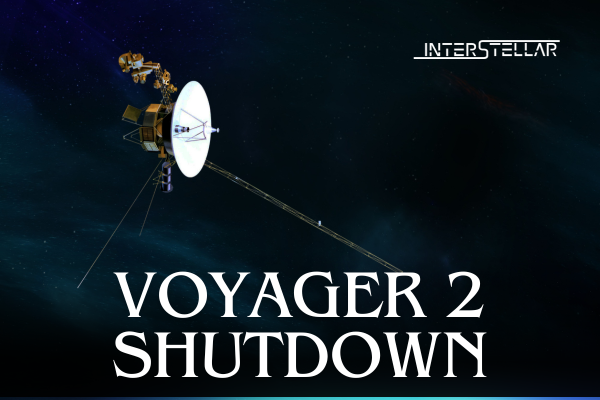NASA Shuts Down Voyager 2’s Plasma Science Instrument to Save Power
NASA engineers have turned off one of Voyager 2’s remaining science instruments as the spacecraft, launched in 1977, continues its exploration of interstellar space. Due to limited power supplies, NASA made the decision to shut down the plasma science instrument on September 26, 2023, after running it for 46 years. This step was necessary to ensure the probe can continue operating at least one science instrument into the 2030s.
Voyager 2: A Long Journey Through Space
Voyager 2 left Earth on August 20, 1977, and exited the solar system on November 5, 2018. Now, the spacecraft is 12.8 billion miles (20.5 billion kilometres) from Earth. It is one of only two active probes in interstellar space, along with its twin, Voyager 1. Currently, Voyager 2 is using four science instruments to study space beyond the sun’s heliosphere, a region where the solar wind’s influence ends.
However, as the spacecraft’s power supply, provided by decaying plutonium, depletes at about 4 watts per year, engineers must carefully choose which instruments to keep operational. Out of the original ten instruments, six have already been turned off. NASA hopes to keep at least one of the remaining instruments active well into the 2030s.
Importance of the Plasma Science Instrument
The plasma science instrument on Voyager 2 played a key role in understanding interstellar space. It consisted of four “cups” that measured the flow of plasma, a fluid of charged particles. Three of these cups faced the sun, tracking solar wind particles while within the heliosphere. The fourth cup pointed in the opposite direction to monitor plasma in planetary magnetic fields and interstellar space.
In 2018, this instrument detected a sudden drop in solar particles, confirming Voyager 2 had crossed the boundary into interstellar space. Since then, its data has been limited due to the spacecraft’s orientation, providing useful measurements only every three months. Because of these constraints, NASA determined that turning off the plasma science instrument would have a minimal impact on scientific returns, making it a strategic choice to save power.
Continuing the Mission Despite Limitations
NASA’s Jet Propulsion Laboratory (JPL), which manages the Voyager missions, confirmed that the shutdown command was executed without any issues. Voyager 2 remains stable and continues to transmit data from its remaining instruments.
Both Voyager probes have undergone multiple instrument shutdowns over the decades to conserve power. During the 1980s, several instruments were deactivated after the spacecraft completed their primary mission of studying the outer planets. In recent years, both probes have also turned off non-essential systems to extend their operational lifespans.
Engineers are now closely monitoring Voyager 2’s power levels. They will decide in the coming years which instrument to turn off next, ensuring that the probe continues to send back data from this final frontier for as long as possible.


